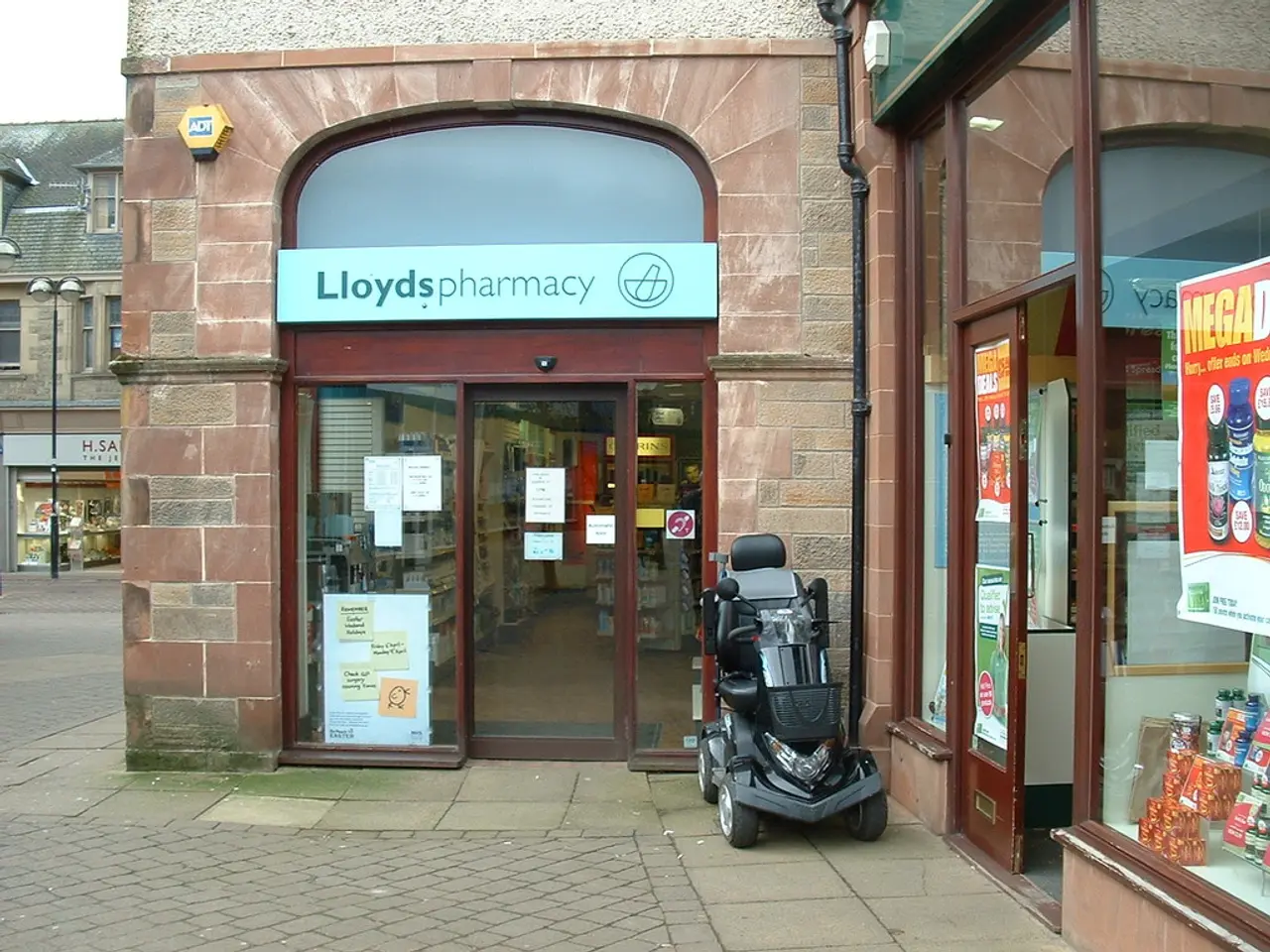Reducing Pharmaceutical Expenses: Solutions to Affordable Drug Pricing
In Quebec, the pricing of medications is a complex interplay between manufacturers, pharmacists, the government, insurers, and wholesalers.
Manufacturers set the initial list price for medications, but their pricing practices are subject to government regulations. For instance, the Regulation respecting exceptions to the prohibition against paying or reimbursing the price of a medication bans manufacturers and other intermediaries from reimbursing patients covered by the public plan for medication costs, except under specific exceptions.
Wholesalers and other intermediaries participate in distributing medications, but they too are restricted from reimbursing or affecting the cost paid by patients under the public plan. This aim is to maintain transparency and prevent hidden discounts or rebates that could distort costs.
Pharmacists dispense medications and add dispensing fees, which contribute to the final price paid by patients or insurers. While pharmacists do not have free reign on medication prices, they can influence the overall cost through these fees.
The Quebec government administers the public prescription drug insurance plan, sets premiums based on income, and negotiates drug prices in bulk to control costs. The government also regulates the reimbursement mechanisms and enforces bans on certain commercial practices between manufacturers and patients insured publicly.
Insurers include the public drug plan and private insurers. Public coverage applies broadly, but patients often pay premiums, deductibles, and co-payments. Private insurance is often employment-based and covers drugs not included or partially covered by the public plan, adding another layer to cost structures that affects out-of-pocket expenses for insured patients.
For those with public insurance, the cost includes negotiated drug prices plus premiums and any deductibles or co-payments. Since manufacturers and intermediaries cannot provide rebates or reimbursements on covered drugs to these patients, prices tend to be direct and regulated, helping stabilize and control costs.
For patients with private insurance, costs vary by insurance plan coverage and negotiated agreements with manufacturers and pharmacies. Private insurers may pay different amounts, and sometimes patients have out-of-pocket expenses depending on coverage limits.
The final cost of a drug in Quebec includes the pharmacist's fees, which cover expenses such as salaries, equipment, and risks. The gross margin of the wholesaler in the distribution of medications in Quebec is not explicitly mentioned, but it forms part of the final price of the drug, with a maximum allowed profit margin of 6.5%.
The price of a molecule is the same across all pharmacies in Quebec. However, the maximum allowed profit margin on the price of drugs is $49, but certain special rules apply, especially for more expensive drugs, whose price can reach up to $754.
The cost of drugs reimbursed by public plans, such as the Quebec Health Insurance Board (RAMQ), is negotiated across Canada to obtain the best possible price for governments. Once negotiated, the price of drugs reimbursed by RAMQ is included on the RAMQ Drug List. The Patented Medicine Prices Review Board (PMPRB) sets the maximum price for patented drugs in Canada.
The fees for a person covered by RAMQ are fixed at $10.36 per drug. This fixed fee helps maintain transparency and control costs for patients with public insurance.
In summary, Quebec’s medication prices are primarily regulated by the government, with manufacturers’ pricing subject to oversight and restrictions on rebates or reimbursements. Pharmacists contribute dispensing fees, and the final cost to patients depends on insurance coverage (public or private), premiums, co-payments, and regulatory frameworks designed to ensure transparency and cost control in the medication supply chain.
- The government in Quebec, through the Regulation respecting exceptions to the prohibition against paying or reimbursing the price of a medication, prohibits manufacturers and other intermediaries from reimbursing patients with public insurance for medication costs, except under specific exceptions, thus demonstrating an interest in the health-and-wellness sector and medical-conditions management.
- Within the health-and-wellness sector, the pricing of French patented drugs is regulated by the Patented Medicine Prices Review Board (PMPRB) in Canada, aiming to ensure affordability and transparency in the financing of these drugs, given their potential impact on an individual's well-being and financial stability.




